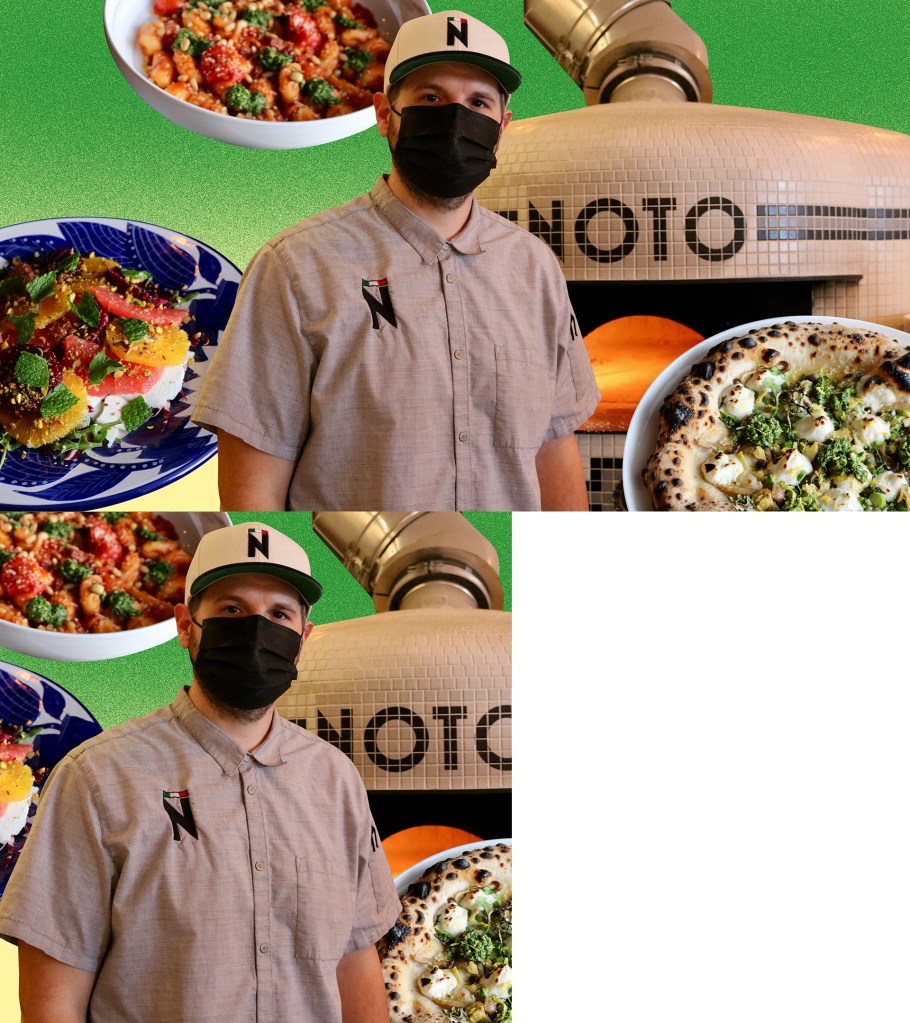It’s an age old predicament of social drinking: I could really use another beer but that involves elbowing my way to the bar or getting the attention of an eye contact-allergic waiter without being a “Garcon!”-squawking douche. If only, you ponder, staring mournfully into the dregs of your last pint, there was some sort of sort of technological device that could sort this whole thing out for me.
Researchers at Massachusetts Institute of Technology feel your pain—and they may have a solution.
Videos by VICE
At a recent robotics conference, the university’s Computer Science and Artificial Intelligence (CSAIL) presented a new system of three robots that work together to accurately deliver items in unpredictable environments such as hospitals, disaster situations, and—crucially—restaurants and bars.
To test their creation CSAIL researchers turned their lab into a bar, with a two-armed PR2 robot as the “bartender” and two Turtlebots (think cool box on wheels) as “waiters.” The Turtlebots whizzed into various offices to take orders before returning to their robotic bartender to collect the required cans of beer and reason which rooms required which drinks. Who said computer scientists don’t know how to party?

Beer-delivering Turtlebot “waiters.” Image courtesy CSAIL.
The researchers say that their robot hospitality team demonstrates state-of-the-art planning algorithms and could impact the way goods are moved in the real world. Another bonus is that unless things go the way of one of the more freaky Dr. Who fan fictions littering the web, there’s no risk of the PR2 having sex with patrons on the emergency exit and boasting about it in the bar Whatsapp group.
It’s not the first time robots have been used to deliver drinks (or indeed life-saving pizza.) Last year, a pair of robots made by Italian firm Makr Shakr mixed drinks for passengers aboard the Quantum of the Sea cruise ship and Tian Waike Restaurant restaurant in China is staffed by a fleet of tray-wielding droids.
What CSAIL’s research does mark is the first time robots have functioned together as a team, something artificial intelligence developers find difficult due to the unpredictable nature of the human world.
The research’s lead author and University of New Hampshire professor Chris Amato explained: “Each robot’s sensors get less-than-perfect information about the location and status of both themselves and the things around them. As for outcomes, a robot may drop items when trying to pick them up or take longer than expected to navigate.”
By programming the Turtlebot waiters to perform a series of “micro-actions” that each include multiple steps, the robots were prepared for a number of possible situations (such as the bartender not being able to serve a drink) and able to react to the tasks in a similar way to humans.
MIT graduate student Ariel Anders, who formed part of the research team explained: “You’d like to be able to just tell one robot to go to the first room and one to get the beverage without having to walk them through every move in the process. This method folds in that level of flexibility.”
The CSAIL team says that these developments in robot flexibility could be applied to larger, more complex environments and is currently testing the technology in damage assessment situations on the International Space Station.
Of course, the real test of these robots’ ability to function in complex environments will be doling out Jägerbombs at a Tiger Tiger happy hour and making sure everyone gets the right change.



